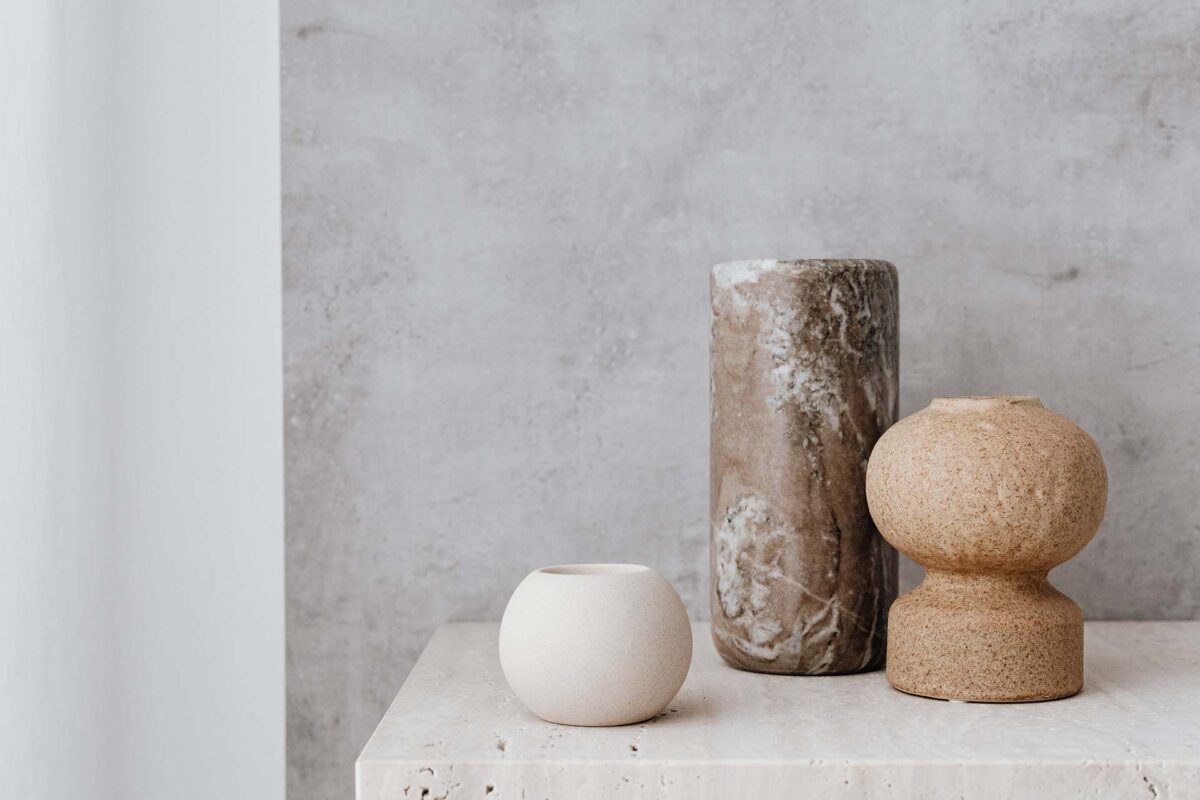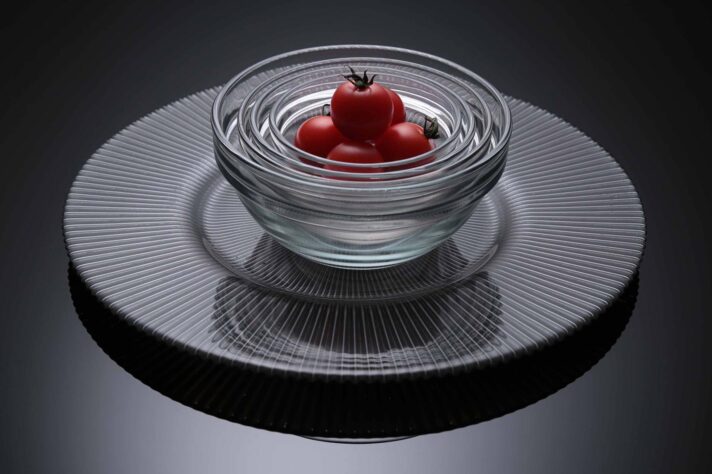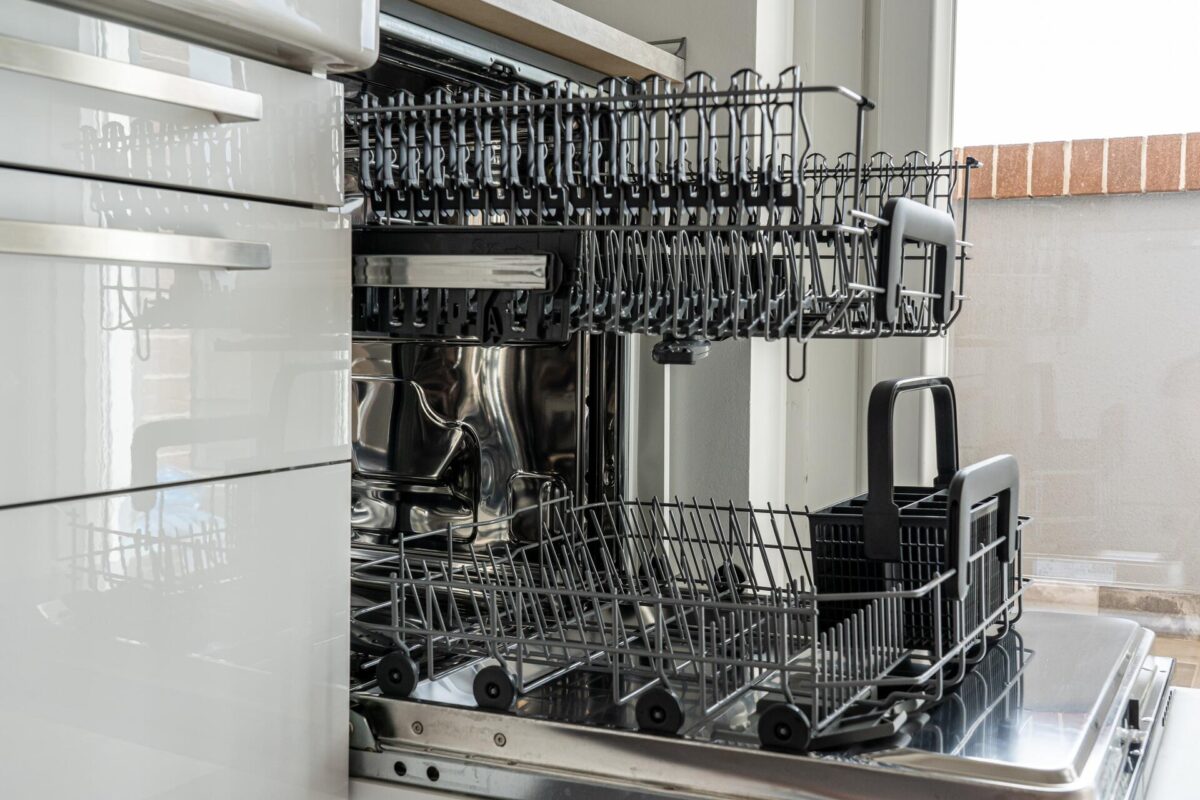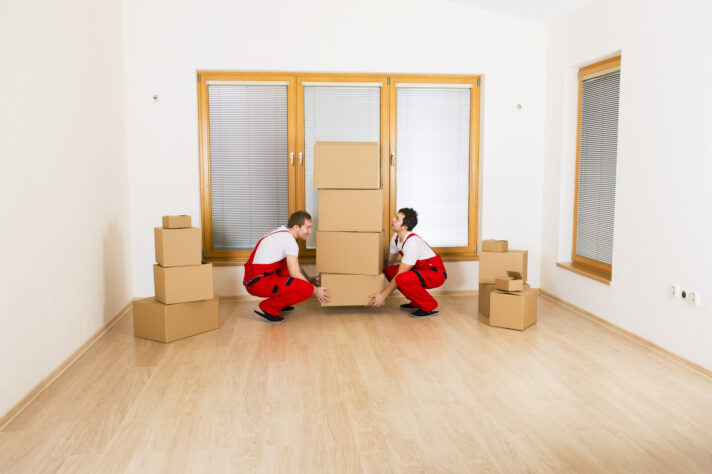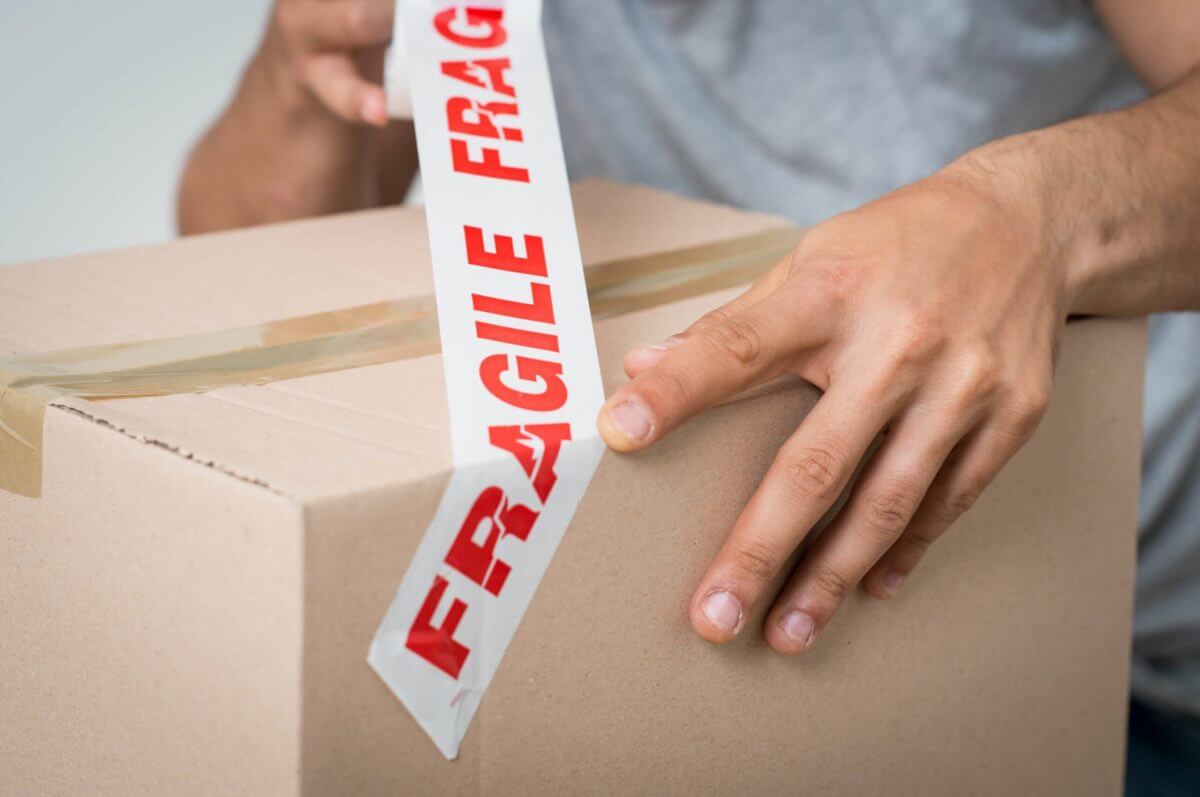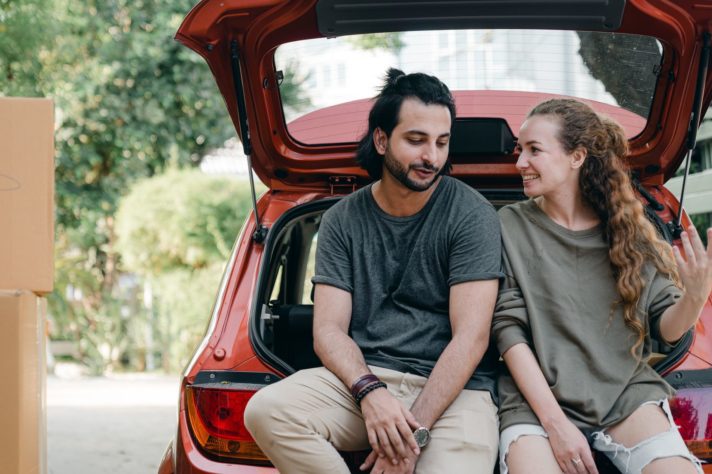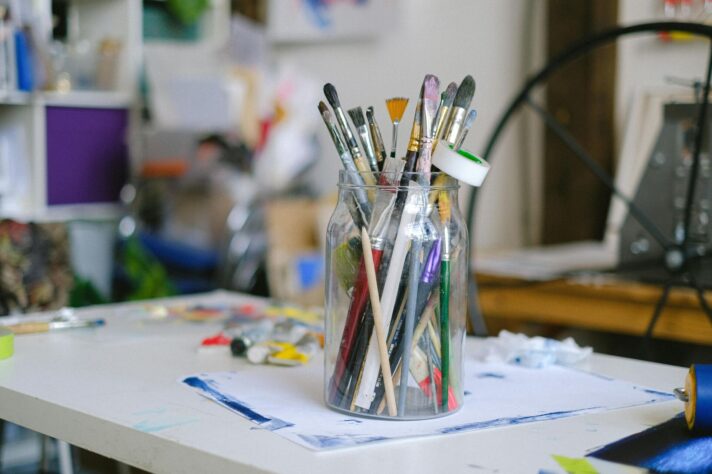Dating back to ancient times, the vase has served a variety of purposes throughout the ages. These decorative containers are known to be fragile, which makes learning how to pack vases for moving crucial when embarking on a long-distance relocation. Ensuring their safety can be straightforward with the right approach. Let us guide you through the steps needed to prepare and protect your cherished vases throughout the transition.
Learn how to ensure a secure vase transport
How to Pack Vases for Moving
Moving cross-country requires careful preparation, detailed planning, and good organization of your packing process. Start by selecting high-quality supplies. Clean each item and wrap it securely, ensuring it’s snugly fitted in a box without space for movement.
Label each box effectively and consider added insurance for valuable pieces. By following these essential steps, your delicate collection can be safely transported to your future location. In the end, if you find this hard to follow, consider reaching out to a professional long-distance moving company.
Assess the Fragility of Your Vases
Different materials, such as glass, ceramic, porcelain, or clay, have unique vulnerabilities. Glass vases are prone to chipping and cracking, while ceramic can shatter under pressure. Antique or intricately designed ones require special attention due to their delicate nature.
Evaluating these factors beforehand helps in choosing the right supplies and techniques. This assessment ensures each object is given the appropriate level of protection. It reduces the risk of damage during transit and makes sure your cherished items reach you in impeccable condition.
Assessing each vase's fragility is important for safeguarding its integrity during transit
Gather All the Essential Packing Materials
Before you begin boxing up your belongings, gathering the right packing materials is crucial. These will ensure the safety of your possessions during transit and make the boxing-up process more efficient and stress-free. Here’s a list of different packing materials you’ll need:
- Bubble wrap – this provides cushioning and protection against impacts. It’s ideal for wrapping around objects to prevent scratches and breakage.
- Clean paper – use clean packing paper for the initial wrap of your vases. It’s gentle on surfaces and helps avoid smudges or stains that newspaper might cause.
- Sturdy boxes – choose strong, high-quality boxes in various sizes. Your vases should fit snugly inside without too much extra space.
- Foam peanuts or sheets – these are perfect for filling in gaps and providing extra cushioning around your possessions.
- Tape – strong duct tape is essential for securing bubble wrap and sealing crates. Ensure it’s durable enough to withstand the rigors of the relocation.
- Labels – utilize the safe box labeling methods to note down contents and handling instructions. This helps in organizing your relocation and prioritizing boxes during transit.
- Handling stickers – use “Fragile” and “This Side Up” stickers. These will inform cross-country movers about the delicate nature of the box’s contents and how to handle them properly.
Opt for Cost-Effective or Eco-Friendly Packing Materials and Solutions
Opt for recycled or biodegradable supplies, like corrugated bubble wrap or recycled paper, to minimize environmental impact. Explore local stores or online marketplaces for gently used sturdy boxes, often available at a lower cost or even for free. Utilizing these sustainable options helps reduce waste and keeps boxing-up expenses in check, making your relocation both greener and more budget-friendly.
Being environmentally conscious emphasizes sustainability and cost-effectiveness
Follow This Step-By-Step DIY Vase Packing Guide
If you want your long-distance relocation to be successful, properly boxing up your belongings for safe shipping is a must. By mastering this guide and adhering to its advice, you will become a professional mover for delicate items in no time.
Step 1 – Sort Through Your Collection and Downsize for a Move
Begin by sorting through your collection and downsizing for your relocation. Consider the sentimental and monetary value of each piece and decide what is worth keeping. If there are pieces you no longer need or want, consider donating them to charities like Goodwill.
Alternatively, selling them through garage sale or on platforms such as Craigslist can help you declutter and raise funds for your relocation. This step lightens your load and reduces your relocation costs in the process.
Step 2 – Clean Your Collection Before Boxing It Up
Don’t skip a good move-out cleaning session, ever. Dust and residue can cause scratches or damage during transportation. Ensure every piece is dry to prevent mold or water stains before boxing it up. This step is crucial for maintaining the condition of your possessions and preparing them for smooth and easy transport.
Make sure that each vase is clean and dry before boxing it up
Step 3 – Pack Your Vases According to Their Type
Every type of these fragile items has its weak spots you should be aware of to ensure a stress-free relocation experience. Each material and size demands specific boxing-up techniques to ensure your collection reaches you in one piece. Here’s how to approach this fragile item packing process for each type of vase:
- How to pack glass vases for moving – these are especially prone to cracks and chips. To store them, first, cushion their interior with soft tissue paper. Then, wrap their exterior with bubble wrap, ensuring edges and curves are well-protected. Secure the wrap with tape and place the item in a box with ample padding.
- How to box up ceramic objects – these are sturdy but can break under pressure. Wrap them in a layer of clean paper followed by bubble wrap. Fill the bottom of the box with a thick layer of foam peanuts or crumpled paper for added cushioning. Place the vase upright and fill any remaining space to prevent movement.
- How to pack large vases for moving – large items require extra attention due to their size and weight. Start by filling the base with paper for stability. Surround the vase with multiple layers of bubble wrap, paying special attention to handles or delicate areas. Use a box that’s slightly larger than your item and fill gaps with cushioning.
- How to store antique pieces for the transition – if you need antique vase moving tips, wrap them in acid-free tissue paper to prevent surface damage. Follow this with a layer of bubble wrap for extra protection. Securely place them in a box lined with soft padding and avoid stacking anything on top of the crate.
- How to pack small vases for moving – small items, while easier to handle, are just as vulnerable. Wrap each object individually in clean paper, then in bubble wrap. Group them in a single box with dividers to prevent collision. Ensure each compartment is snugly filled with padding materials.
Step 4 – Fill the Voids and Tape the Crates Securely
After wrapping and placing your objects in boxes, fill any voids with supplies such as foam peanuts, crumpled paper, or excess bubble wrap. This prevents movement inside the crate during transit.
Securely tape the containers, reinforcing the bottom and sides to handle the weight. This ensures that your collection stays protected throughout the whole journey.
Step 5 – Label Your Boxes Accordingly to Streamline the Handling and Unpacking Process
Label each box with its contents and handling instructions, marking its top and sides. This aids long-distance movers in handling your belongings correctly and facilitates an organized unpacking process. It is a simple yet effective tool for safeguarding your possessions during the transition phase.
Store your fragile belongings properly and label the crates for easier handling experience
Benefits of Hiring a Professional Moving Company for Delicate Items
When it comes to relocating delicate items, the decision between a DIY approach and hiring a professional moving company is pivotal. Understanding the differences in factors associated with each option can guide you to make an informed choice. Let’s go over some key benefits of hiring professionals over planning a DIY move.
Relocating With Movers Is Less Time-Consuming
DIY packing can be time-consuming, especially for those inexperienced in handling delicate items. It involves gathering enough supplies, carefully storing each item, and ensuring they are safely loaded for transport. In contrast, professionals who offer efficient packing services, like Cross Country Moving Company, will significantly reduce the time required to handle the whole process.
A Professional Move Can Be More Cost-Effective
While doing everything by yourself may seem more cost-effective at first glance, it’s important to consider the hidden costs. These include the purchase of boxing-up supplies and potential damages due to improper packing.
Professional movers, although initially more expensive, provide value through their expertise, quality materials, and moving insurance for valuables. This can ultimately be more cost-effective, especially for high-value or irreplaceable items.
Risks of Damage Is a Lot Lower With Movers
The risk of damage is another major concern when relocating breakables. DIY packing carries the risk of improper storing that could lead to irreparable damage. Professionals equipped with the right tools and knowledge significantly reduce this risk. They understand the nuances of wrapping different items and shapes, ensuring that your possessions are transported safely.
Booking professional cross-country moving services can mitigate all these risks
These Are Some Common Mistakes You Should Avoid When Packing Vases
One of the most common mistakes is overloading boxes with multiple items, increasing the risk of breakage under the weight. It’s crucial to distribute all the items evenly, using appropriately sized boxes to avoid excess weight in a single box.
Another pitfall is the inadequate sealing of boxes. Ensure that all seams, especially at the bottom, are securely taped to prevent the box from giving way.
Additionally, people often underestimate the importance of gentle handling. Even if your breakables are well-packed, rough handling during loading and unloading can cause irreversible damage.
Being mindful of these mistakes can significantly reduce the risk of damage to your items
Ensure a Smooth Relocation With Cross Country Moving Company’s Expertise in Handling Fragile Items
Handling such delicate items by yourself can be overwhelming and very tiring. That is why it is essential to recognize the value of professional expertise in ensuring their safe transport.
At Cross Country Moving Company, we specialize in long-distance moving services and have a dedicated team trained in handling all the relocation complexities. Your cherished possessions deserve the care and attention that only our experienced professionals can provide. So, don’t shy away from booking our services for your relocation, and prioritize the safety of your belongings.
How Many Vases Should I Pack In One Box?
The number of objects you should store in one box depends on their size and fragility. It’s advisable to store similar-sized items together, ensuring they fit snugly without excessive movement. Avoid overloading a box, as this can increase the risk of breakage.
A good rule of thumb is to pack no more than 2-3 vases per box, depending on their size and the strength of the box. Use ample cushioning to protect each piece individually and fill any gaps to prevent shifting during transit.
How Do Cross-Country Moving Companies Ensure the Safety of Fragile Items During Transit?
These companies prioritize the safety of fragile items through various means. They employ experienced packers who use specialized supplies such as bubble wrap, packing paper, and custom crates when necessary.
Movers are trained to handle breakables with care during loading, unloading, and transport. Proper labeling and placement within the relocation truck further enhance safety. Additionally, some companies offer insurance options to provide coverage for potential damage during transit.
What Should I Do if I Don't Have Time to Pack My Vases Properly?
If you’re short on time, consider seeking a professional cross-country moving service. They can efficiently and securely store your fragile items using appropriate materials and techniques.
This not only saves you time but also ensures your possessions are well-protected during transit. Alternatively, prioritize storing your most valuable pieces by yourself and delegate the rest to the professionals.


